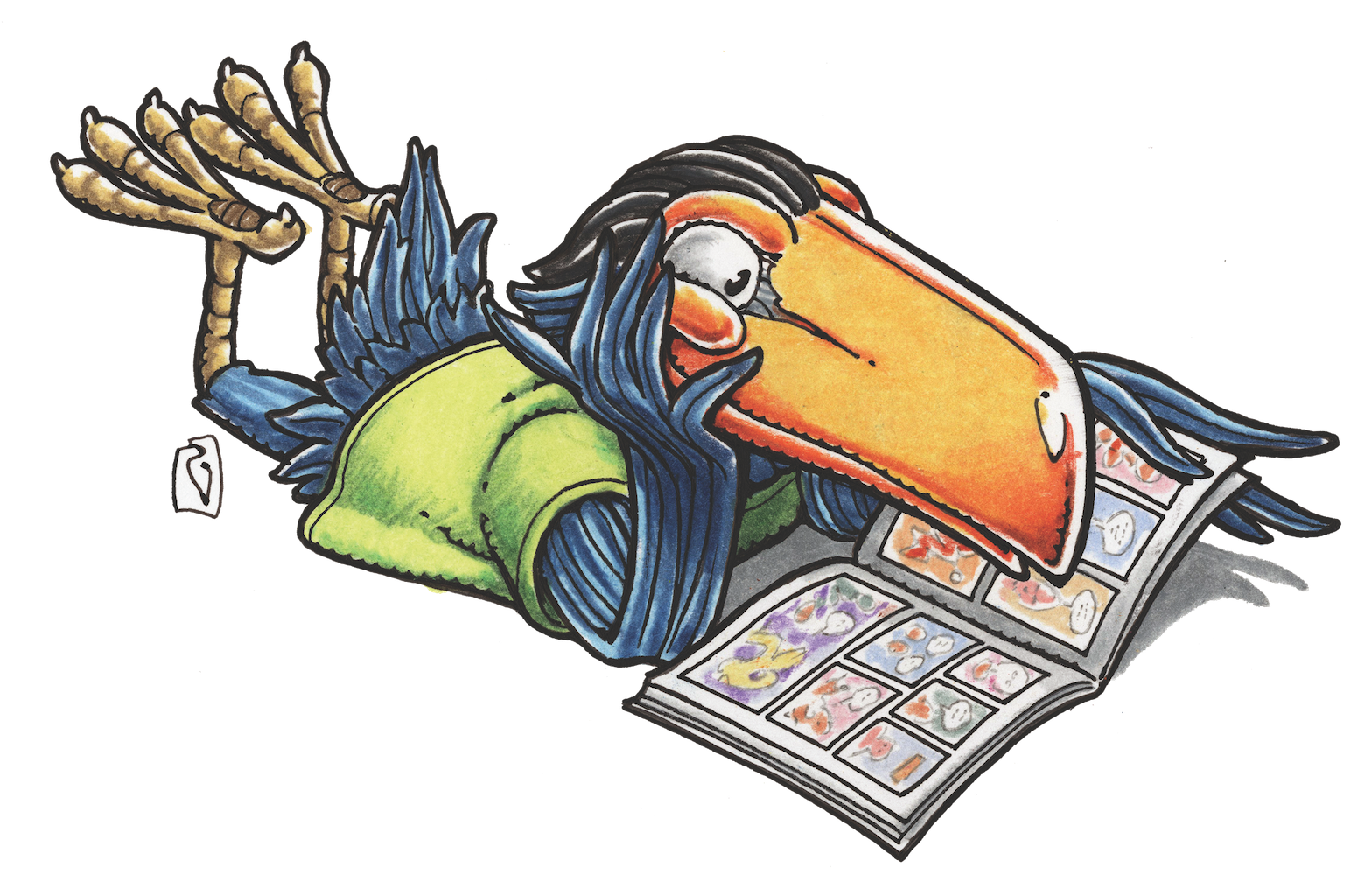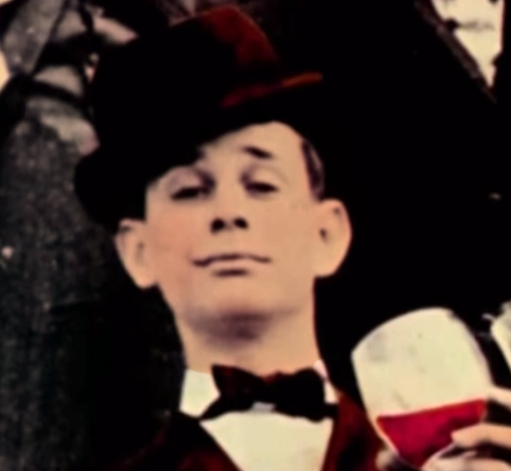JESSE HAMM’S CAROUSEL
Carousel 016: Outside Influences


Aspiring cartoonists are often advised to study other fields, and allow non-comics disciplines to inform their comics work. But “other fields” covers a lot of ground. Where does one begin? Certainly, broad subjects like history, politics, philosophy, and religion can do much to inform your work, but these merit a lifetime of exploration. Students who wish to improve immediately will want to begin with subjects that are more clearly comics-relevant.
Along those lines, here’s a list of non-comics subjects to study that will strengthen your comics work, along with specific books from each field that are worth reading.
Cinematography
It’s important to study film in order to learn visual narrative. This goes deeper than merely enjoying lots of movies. The film industry has always been far more lucrative than the comics industry, so film has attracted far more scholarship over the years than the comics medium. The result is that books and courses on film offer more knowledge about visual narrative than we find in books and courses on comics. For example, books on cinematography can teach us many lessons about how to frame story-relevant information that you don’t commonly find in books on cartooning. Here are two such books:
Joseph Mascelli’s The Five C’s of Cinematography is about composing shots that clearly and effectively communicate what is happening in a scene.
Bruce Block’s The Visual Story is about composing your shots to create story-specific moods that support the narrative.
Storyboarding
Storyboarding is related to cinematography, but it’s not just about framing your shots; it’s also about choosing which moments to show, and in what order. Making these choices smartly is crucial to creating good comics.
The best book I’ve found on this subject is David Mamet’s On Directing Film. There are no pictures in this book; it’s not about drawing, or even photography. But what it does feature is invaluable: profound discussion about how to pick moments that will best tell your story, and—crucially—what to leave out.
Acting
Characters in comic books don’t “act” the same way they do in films or plays; their voices are never heard and they never actually move. But this makes the “acting” of their facial expressions, gestures, and posture all the more important. Too often in comics, we content ourselves with the sort of cliched, exaggerated acting that went out of style in the 1950s, and ignore the more subtle methods actors have developed since then. You can remedy this in your work by reading the following books:
Constantin Stanislavski’s An Actor Prepares is about allowing a performance to grow from within you after placing yourself in the scene, rather than tacking on standard behaviors that we associate with the prescribed emotion. If you find yourself relying often on stock expressions and gestures to convey nuanced emotions in your work, read this book.
Robert Lewis’s Method or Madness cuts through the fog that has arisen around Stanislavski’s sometimes esoteric ideas, and helps the actor (or cartoonist) apply Stanislavski’s theories in a practical way.
Story
Comics are a narrative artform, so although drawing is important in comics, story is king. Even an artist who doesn’t write will therefore benefit from understanding how stories work. The way you speed up or slow down a scene, the way you set up a joke or a scare, and pay it off, the way you emphasize key details and downplay trivia … all of these concerns are informed by your grasp of story.
Robert McKee’s aptly-named book, Story, is the best book I’ve read on the subject of story-writing. It’s aimed at screenwriters, but its lessons on how stories are told apply to all kinds of fiction.
Composition
The art in comics is typically drawn, rather than painted, so aspiring cartoonists typically seek out books on how to draw. However, drawing has only been pursued as an artform for little more than a century, and it still lacks the prestige that painting has enjoyed for over 500 years. As a result, there is more accumulated knowledge about painting than drawing, and most books that teach visual representation are aimed at painters. This is especially true of books on composition. Most of the books that contain valuable lessons about composition are written by painters, and have the word “Paint” in the title, causing them to be passed over by cartoonists who wish to learn composition but have no interest in painting. Regardless of whether you care to paint, there’s gold in them thar hills! Brave the how-to-paint section of your library or bookstore, and you’ll learn much of value that isn’t taught in drawing books.
Greg Albert’s The Simple Secret to Better Painting is the book I’d recommend if I could only recommend one book on composition. Albert’s tips on composing pictures will immediately improve the power of clarity of your work.
Here are some other books on painting that are also of value to artists who draw:
- Foster Caddell’s Keys to Successful Landscape Painting
- Carlson’s Guide to Landscape Painting, by John F. Carlson
- Gregg Kreutz’s Problem Solving For Oil Painters
Fantasy
If you’re drawing comics these days, you’re likely to do a lot of work in the fantasy genre, or in one of its fanciful relations (horror, science fiction, superheroes, etc). There’s much about fantasy that’s unique to the genre, so it’s useful for the fantasist to understand the philosophical underpinnings of fantasy narrative. Many books have been written about how to create, enjoy, and think about fantasy, but here are three works I would consult at the outset:
Bruno Bettelheim’s The Uses of Enchantment discusses how fairytales (and, by extension, any supernatural fiction) can be a balm for the soul.
J.R.R. Tolkien’s “On Fairy-Stories” is a nearly 70-page essay that can be found reprinted in book collections (such as The Tolkien Reader). Tolkien thought a great deal about what fantasy is, how to write it, and the role it plays in the mind of the reader, and he lays his thoughts out in this essay, which should interest any student of the genre.
C.S. Lewis’s On Stories is a collection of his essays on fiction, including essays about fantasy, science fiction, Tolkien’s works, and much else of interest. Lewis is another powerhouse of the fantasy genre, and his discussions of it are lucid and thought-provoking.
So! A lot to read and study. Don’t burn yourself out, but if you find yourself at the end of what your cartooning books can teach you, and want to broaden your studies, I’d encourage you to make a selection from the books above, and dive in.
See you here next month!
Carousel by Jesse Hamm appears the second Tuesday of each month here on Toucan!